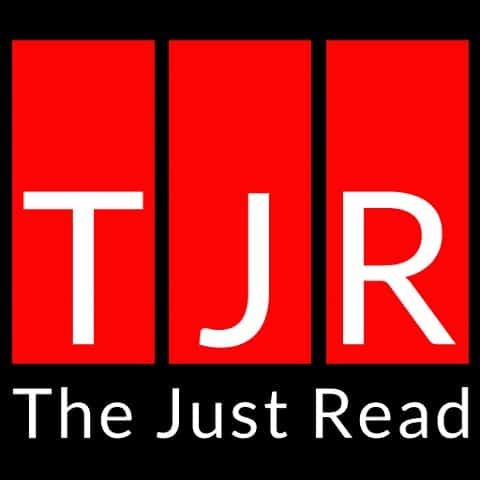Teaching multisyllabic words to elementary-grade students is a skill that will help them to decode and encode increasingly complex words. Additionally, the ability to do so will help them increase fluency, accuracy, and comprehension in written and spoken communication.
Teaching syllable division is the best way to teach multisyllabic words to elementary-grade students. By applying syllable division rules, students can decode multisyllabic words more readily. After that, students can be taught correct syllable stressing.
As teachers, it is essential not to assume that students will figure out new content by themselves. Instead, we guide and support them until they can do a task independently. So, if you are unsure of the best way to teach multisyllabic words to elementary students, let's find it out now.
Let's Start With Syllables
Syllables are the single, unbroken sounds within written and spoken words. They always contain a vowel which can be accompanied by one or more consonants.
How Do You Explain Syllables To A Child?
Children need to know that syllables are like the beats in a word. Another thing children need to know is that syllables will always contain a vowel or vowel sound. By this stage, they should know the vowels a, e, i, o, and u.
A multisensory way to reinforce this concept is by clapping out the beats to the students' names or objects in the classroom as they say the words.
How Do You Teach Closed And Open Syllables?
Once students know there is always a vowel sound in each syllable, they will need to know what type of vowel sound it is. For example, is it a short vowel sound, as in căt? Or is it a long vowel sound, as in lāter?
And Now For Multisyllabic Words
As an elementary school teacher, you must teach students multisyllabic words. But where do you start?
What Are Multisyllabic Words, And How Do We Identify Them?
You can identify written multisyllabic words when two or more vowels are separated by consonants. This rule has a few exceptions, but it can be used reliably for teaching multisyllabic words.
How Do You Teach Students Multisyllabic Words?
When you teach multisyllabic words, you will need to break the words into smaller 'chunks' that go with each 'beat'. When we break apart a word, it is called syllable division. Syllable division is a part of decoding multisyllabic words.
How Do You Teach Students To Decode Multisyllabic Words?
The easiest way to teach decoding of multisyllabic words is with compound or nonsense words. Compound words are made by combining two shorter words that the students will know, for example, butter + fly = butǀterǀfly or shoe + lace = shoeǀlace.
Nonsense words are not real words and can be silly, making a lesson enjoyable for the students. Examples of nonsense words are donǀwap or tumǀpoof.
When Decoding Multisyllabic Words, What Do Students Need To Know?
Before the students divide words, they need to identify the vowels in the word. They must also know the different syllable types with the corresponding decoding rules.
How Do You Know Which Syllable Is Stressed In A Word?
In multisyllabic words, only one of the syllables will be stressed. It is also essential to note that only vowels can be stressed, not consonants.
Generally, most two-syllable nouns and adjectives will be stressed on the first syllable. In contrast, most two-syllable verbs and prepositions will be stressed on the last syllable. Correctly stressing the syllable will indicate the part of speech. To see the rules of syllable stressing, you can follow this link.
The following video gives five tips to find which syllable to stress in a word. The video is aimed at students writing poetry, which will include limericks and haikus taught in elementary grades.
When Should You Begin Teaching Decoding Strategies To Students?
Young children can learn decoding strategies and rules passively through reading and wordplay, especially if the parents encourage literacy at home. Toddlers and kindergarteners can play fun decoding games with simple words even though they might not know the meanings of the words.
You can watch lesson preview video before downloading the Powerpoint slides.
Classroom Activities Multisyllabic Words
One of the classroom activities for this Multisyllabic words lesson can be the adventure game. You can divide the class into groups of 4 or six, depending on the total number of students. Then play this online game. Kids generally love this game. The team that scores the highest will win.
Conclusion
Teaching multisyllabic words and decoding strategies to elementary students will help them to improve their fluency, accuracy, and comprehension when reading and writing. You can click on the link below to download the PPT slides of lesson on the Best Way To Teach Multisyllabic Words To Elementary Grade Students.
Download ppt Slides For This Lesson
Editable Lesson Slides included
You can also check out our Adverbs and Adverbs that Compare PPTs in Teachers Resources page.
